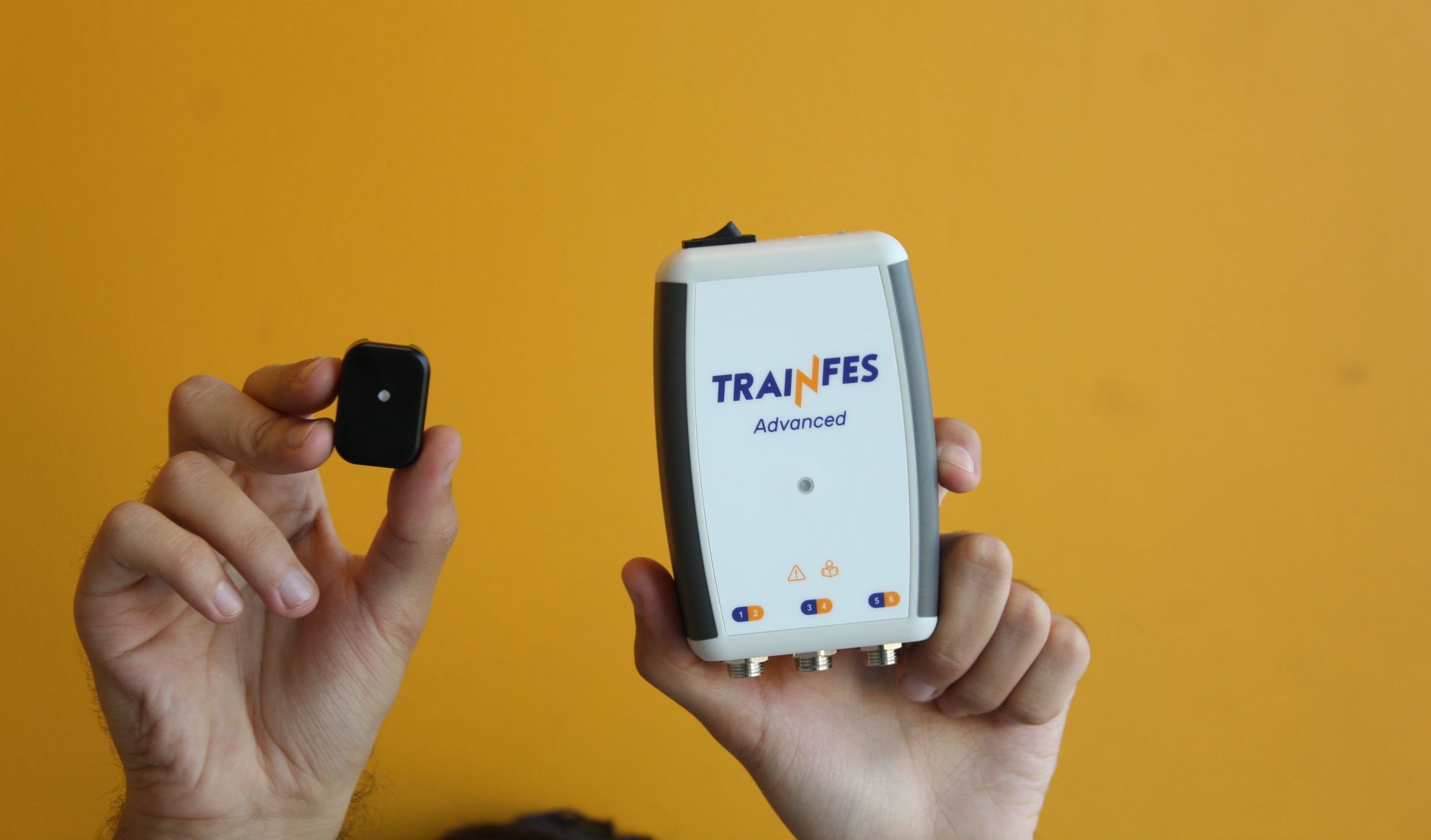FES for respiratory problems in UPC patients
Covid-19 has brought serious respiratory complications to those infected. However, treatment with TrainFES can significantly improve their recovery. Here's why.
We have already reviewed the multiple functionalities of a functional electrostimulation treatment on patients infected with Covid-19 and who have had to pass through Critical Patient Units.
At this article you can review, in general terms, how TrainFES promotes recovery in these cases.
In the following, we will specifically review the improvements that the use of this type of rehabilitation program can bring.
How FES helps with respiratory problems in UPC patients
Invasive mechanical ventilation has demonstrated its usefulness in providing life support in instances of serious health risk. However, its use can generate a series of side effects that worsen with each day of use.
Among them, we can find a decrease in venous return to the thorax and a reduction in cardiac output, which could generate a decrease in perfusion to other organs. There are also possible proven effects such as water retention and increased intracranial pressure. The risks of human intervention and placement of tubes and cannulae in the airway may leave scarring and stenosis after extubation.
In different studies of intubated patients -who have already left their most critical stage and are in the process of extubation- electrostimulation has been used to measure the impact on intubation days and ICU stay.
Under this scenario it has been found:
- Up to 30% reduction in intubation time
- Up to 40% less time in ICU
- The rate of readmissions to Upc has also decreased.
Stimulating the abdominal musculature produces a reflex effect in the diaphragm (it contracts in a coordinated manner), therefore, it also maintains the trophism of this inner muscle without the need for invasive stimulation.
In recent years, studies have been carried out regarding the use of FES in abdominal and dorsal muscles, as well as in leg muscles such as quadriceps, gluteus and hamstrings. This, in patients who have come out of their most critical stages, but are still intubated.
Now, for use on the abdomen, it is used in synchronization with the patient's breathing. And, on the legs and hips, it is used as a series of exercises 2 times a day.
In any intervention, patient monitoring and therapeutic judgment are key to the correct use of FES therapy.
What sequelae can the use of TrainFES prevent in these patients?
The use of FES has direct effects on skeletal muscle. For this reason, it helps maintain strength and contractile properties, prevents muscle atrophy and degradation, and keeps the stimulated neuromuscular pathways active.
Indirectly, it can help improve venous return, protect renal metabolism and prevent complications related to bed rest.
I want more information
Recommended Publications
Functional electrostimulation to restore mobility
Functional electrostimulation (FES) is a therapeutic technique that uses electrical currents to stimulate nerves and muscles to restore or improve motor function in patients with various neurological and muscular conditions.
Neuro orthoses: support for rehabilitation
Motor paralysis resulting from disorders such as stroke or spinal cord injury requires an extensive process to regain mobility, resume daily activities and improve quality of life.
What is telerehabilitation and what are its advantages?
Telerehabilitation is a process that allows the continuation of a physical therapy treatment at home with the remote guidance of an expert professional and the support of different types of technologies.


